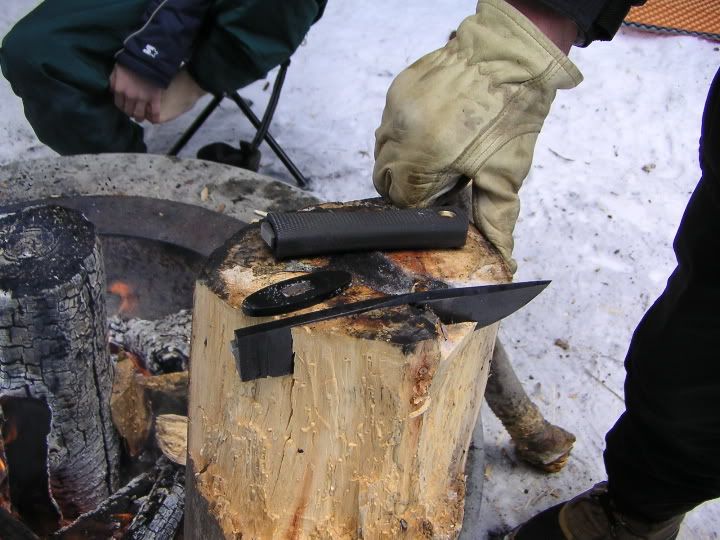Cliff Stamp
BANNED
- Joined
- Oct 5, 1998
- Messages
- 17,562
it just seems to me that the majority I see posted pics of show amazingly little signs of use , this could be from exceptional finishing of the knives , or from a reluctance to actually use hem .. I do not know .
It is lack of use, that I know because as soon as you use them it will show. Interesting comment you made about people wanting knives from the same maker vs the same performance, that says a lot. Of course there is branding in all things, not just knives. Is the knife industry any worse than the clothing industry in that respect, no. But is the knife industy any worse than the chisel or wrench industry - yes.
Truly begs the question what is the purpose of a knife? A label?, a name?, or the ability to take an edge and hold it?
There is a lot of status with knives discussed here, as clearly shown in the maker vs performance request Myal noted. All my knives perform very well, some of them are also very nice looking as makers like Wilson are concerned about aesthetics which tends to happen to all master craftsmen. But underneath all the visuals there has to be function or it really isn't a knife.
-Cliff

